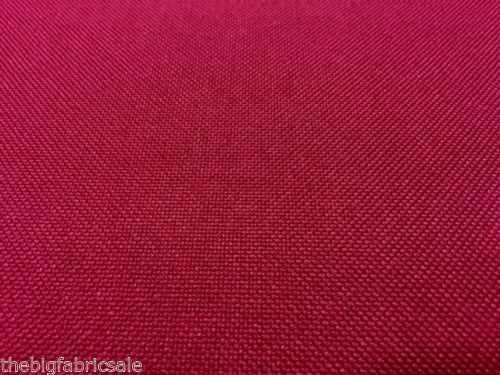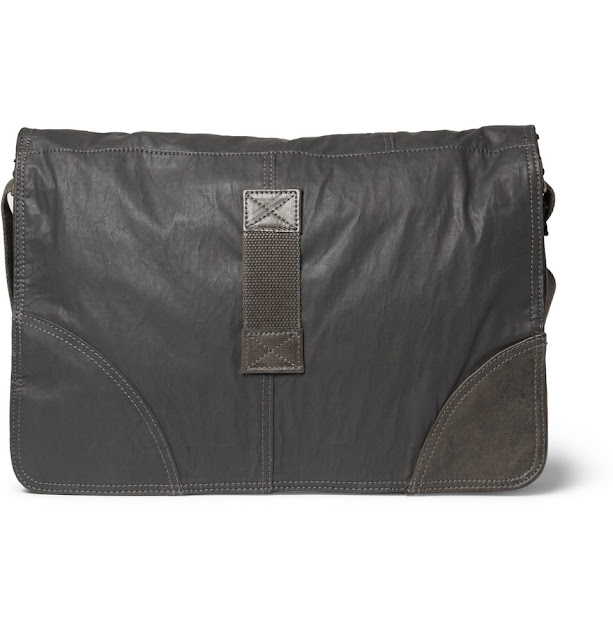Today we’re joined by Christine from Bags by Bags of Style who regularly uses waterproof fabrics in her sewing, and is a prolific bag maker. She’s here today to tell us more about using waterproof fabrics.
SEWING WITH WATERPROOF FABRICS.
In my sewing life I’ve used a lot of unusual fabrics………and since I now feel confident sewing with them I figured it was time to share some hints and tips……….especially since the new pattern by Mrs H is a pattern that needs some of these ‘unusual ‘ fabrics…..
So lets start with ‘Cordura’ this is a brand name, often you can find similar by googling heavy waterproof canvas…….
(Edited to add, this is often called Tough Duck in the US)

The description of it on the manufacturers website is as follows…
”1000 denier Cordura, Nylon, PU Coated (polyurethane coated) to be waterproof. It is very hardwearing fabric and has excellent anti abrasion properties. Whilst a heavy duty material it can still be sewn with most domestic machines.”
It comes in many colours but I’ve never seen patterned.
How to sew it??? Use a larger needle, I prefer a size 16 and a long stitch length. It often states that the fabric doesn’t fray, however I have found that’s not always the case………the inner cotton fabric that is coated with the vinyl does fray a little if you cut across the grain at all………so beware……over time your raw edges may fray a little.
I use polyester thread to sew Cordura and a long stitch length. I’ve found that the fabric sews easily with a roller foot or a teflon foot. Cordura comes in different thicknesses, I use 1000- denier and 600 denier. The thicker one often needs nothing to give it structure as its heavy and thicker, the 600 will need additional foam basted to give it structure unless you want a floppy bag. Because Cordura is quite stiff it can be hard to create curves on bag so a great deal of clipping is needed to ensure curves sit well and patience when sewing any curves is essential.
PUL……

Polyurethane Laminate Fabric……..sometimes called printed ripstop fabric although ripstop fabric is actually totally different………PUL is the stuff that’s used for the outside of cloth nappies/diapers.
This is much lighter weight that Cordura, and heavier than true ripstop. Although it can be used to make bags it may need additional stabilising to give structure. The upside of this fabric is that it comes in some amazing colours and designs. Its thin but quite stable so doesn’t stretch as its sewn but can be a bit slippery, clipping or pinning within the seam allowance is a must to ensure your fabrics stay in one place and don’t slide against each other. PUL doesn’t fray once cut. I use a 14 needle and medium stitch length,,,,,2’5 – 3 for sewing PUL.
RIPSTOP
Polyester Nylon Fabric

This is the fabric you often find kites made from, or tent liners…sometimes referred to as Parachute ripstop…its light, water resistant……..in some cases that’s actually only splash proof……..I think that really depends on the quality of the fabric you buy. You can buy this in a range of wonderful colours and I’ve found many different thicknesses although that’s generally been directly related to the cost……the more I pay the thicker it is. There is a self coloured checked design in all the ripstop I’ve ever brought.
This is thin fabric, very slippy to sew and will fray at the edges. It was once suggested that the edges could be sealed with a flame. I tried it once……..NYLON MELTS……….flames create big holes and third degree burns……..please be careful trying it. I find a little fray check on the edges or a smudge of Fabritac works just as well.
I use a regular sewing needle for ripstop, some cheaper ones will pull slightly when you sew, if this happens try a round headed needle, the sort you use for stretch fabrics….and a roller foot. I medium stitch length works well. I’m also a fan if using double sided tape to hold the fabrics together and in place when I sew with ripstop……possibly because I’m lazy and like a quick fix but this stuff will move about when you sew it……
Ideally French seams work well with ripstop if your pattern will allow it.
TABLECLOTH VINYL

I am a huge fan of this stuff…..I buy mine from Dunelm mill or the range by the meter (I’m UK Based) and use it to line wash-bags or make drawstring swim bag linings. Its cheap and easy to get hold of. However there is a HUGE difference in the quality. I only use the stuff that has a cotton backing…….avoid the stuff that doesn’t, it will rip at the slightest provocation. A regular needle and long stitch length are my way of sewing this stuff……
OILCLOTH

Not to be confused with the shiny waterproof fabrics that are so popular with Cath Kidston……….those are not true Oilcloth fabrics …..the definition of oilcloth is as follows
”Oilcloth, also known as enameled cloth is a close-woven cotton duck or linen cloth with a coating of boiled linseed oil to make it waterproof. Oilcloth was used as an outer waterproof layer for luggage, both wooden trunks and flexible satchels, for carriages and for weatherproof clothing”
Waxed cottons fall into this category, an absolute joy to sew. I’ve tried many different sorts of thread with waxed cotton and find that heavier weight polyester thread works really well……..you can buy tins of wax to reproof your fabric as it ages and its worth rubbing some into the seams as you sew them to help waterproof the seams .
PVC OILCLOTH
This is the shiny cotton backed fabric that you find in stores like Cath Kidston, its not true oilcloth it actually cotton fabric that’s PVC coated to make it waterproof and more durable. Its fun to sew although it can be sticky if your sewing on the shiny side, so a Teflon foot is always advisable. I use polyester thread and a long stitch length.
With all waterproof fabrics its much more effective if you use clips rather than pins as you will reduce the waterproof quality if you pin……the holes do not reseal.
As with faux leather you get one go at sewing most waterproof fabrics, any stitch holes will show and will not close up if you have to unpick, so accuracy is key to sewing these fabrics
Sealing the seams if your making something that needs to be waterproof can be done in a few different ways. Samantha’s’ pattern gives you a folding method that works well but may be an issue if your machine is a lightweight one as you will be sewing through several layers. I often sew the seams then add a line of PVA glue along the inside of the opened seam, I find this seals the seam and the glue fills the holes generated by the needle.

If I have to ensure it’s a totally waterproof seam I use Iron on sealing tape……I sew the seam, cut away the seam allowance to ¼ inch then using the very tip of my iron I add the sealing tape. Its designed to be used for making rain coats and totally seals the whole seam. This isnt the cheapest option but it does work. I buy my tape from eBay as I have no local supplier. Before you try this, always try a little on a spare piece of fabric, start using a low heat on your iron and increase a little until you find the tape sticks…….I sometimes find that using a cloth helps…..and this tape will not work on proper waxed cotton.
Thanks Christine for sharing with us!